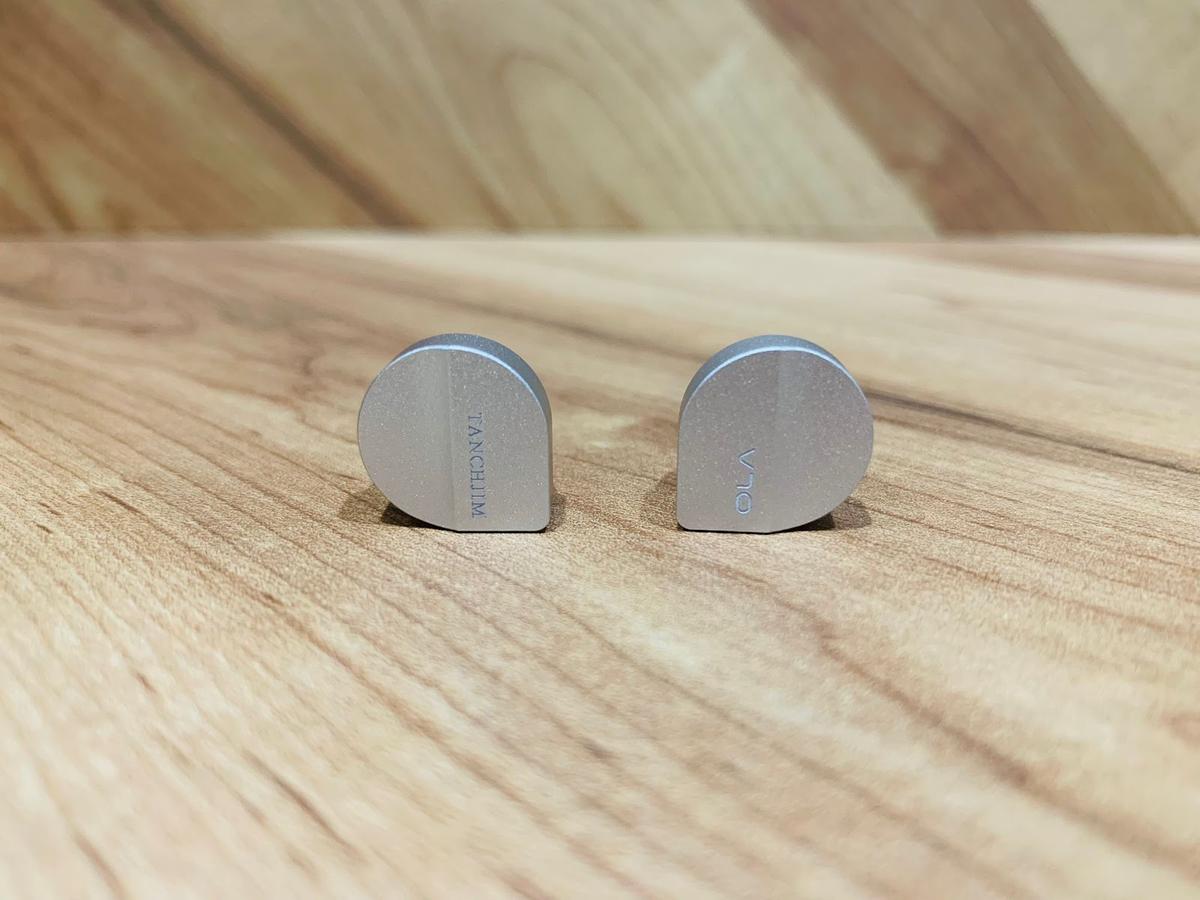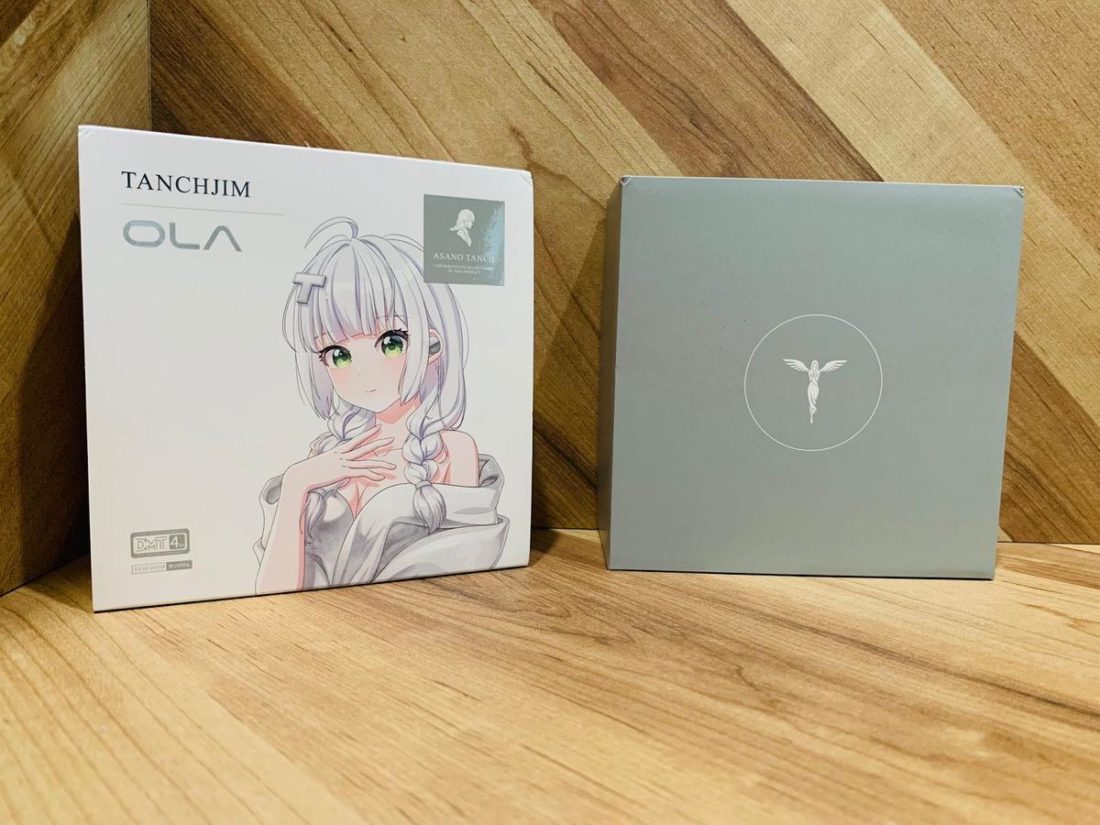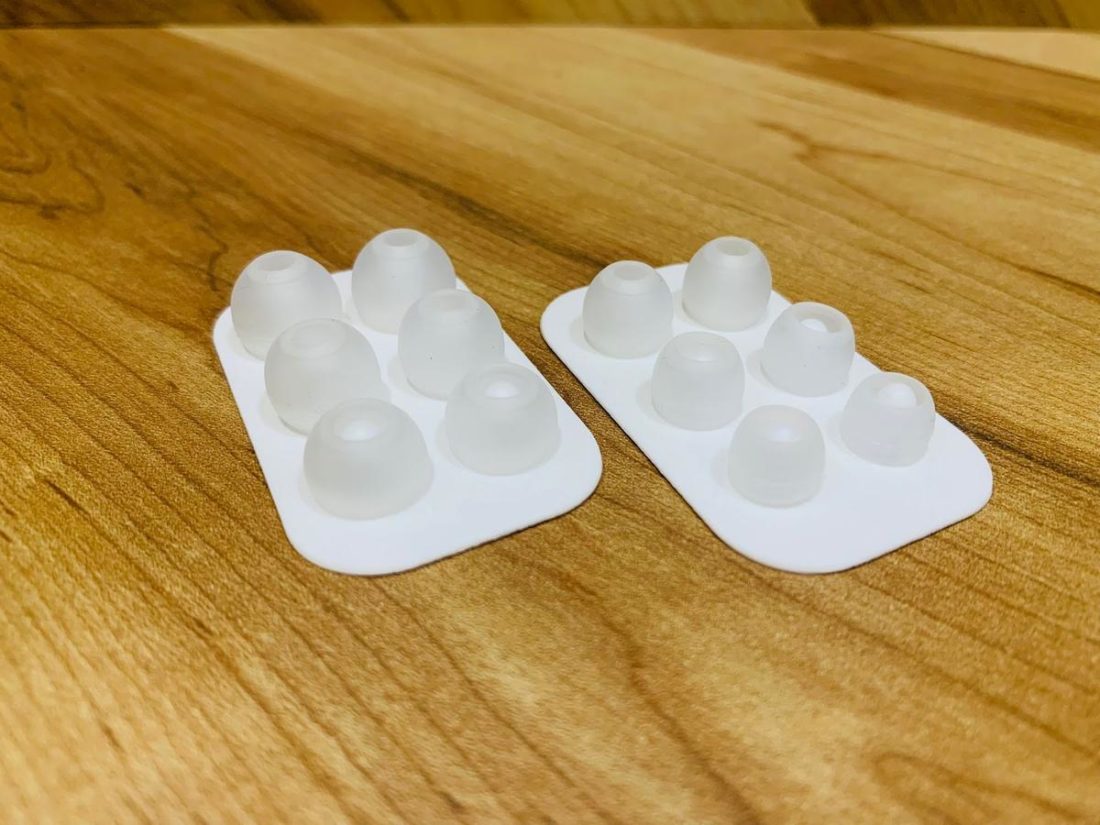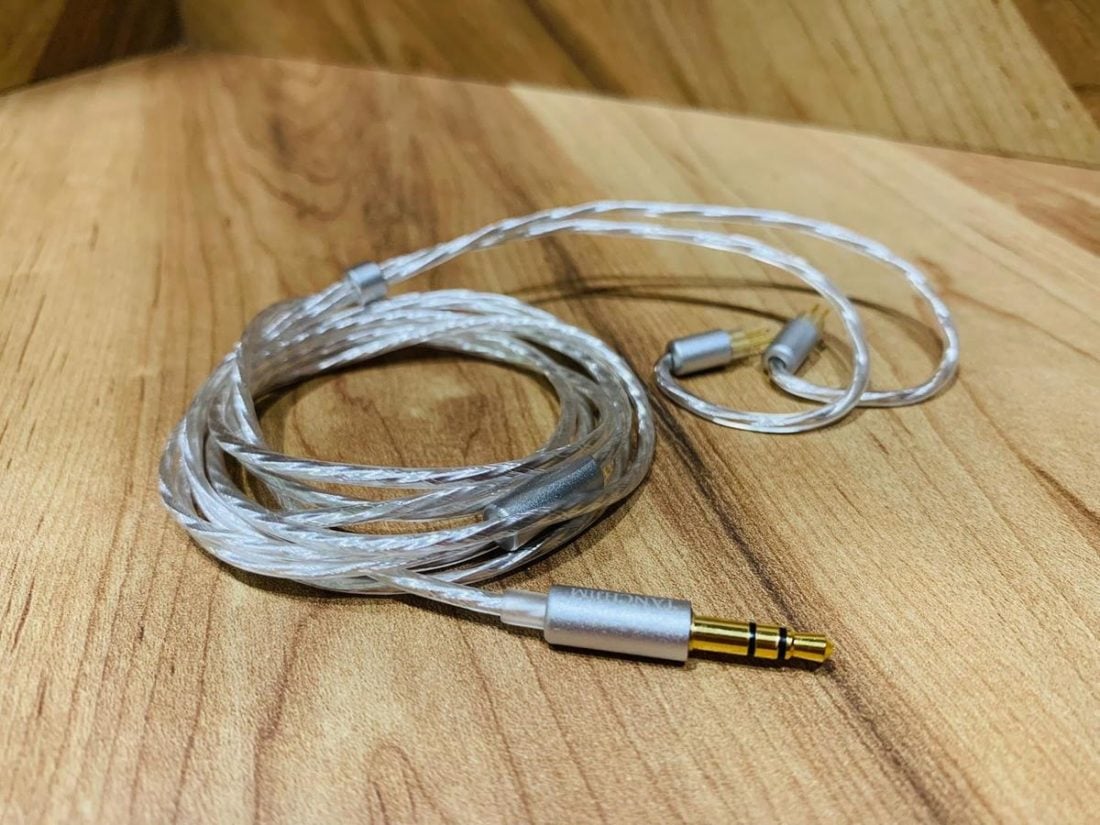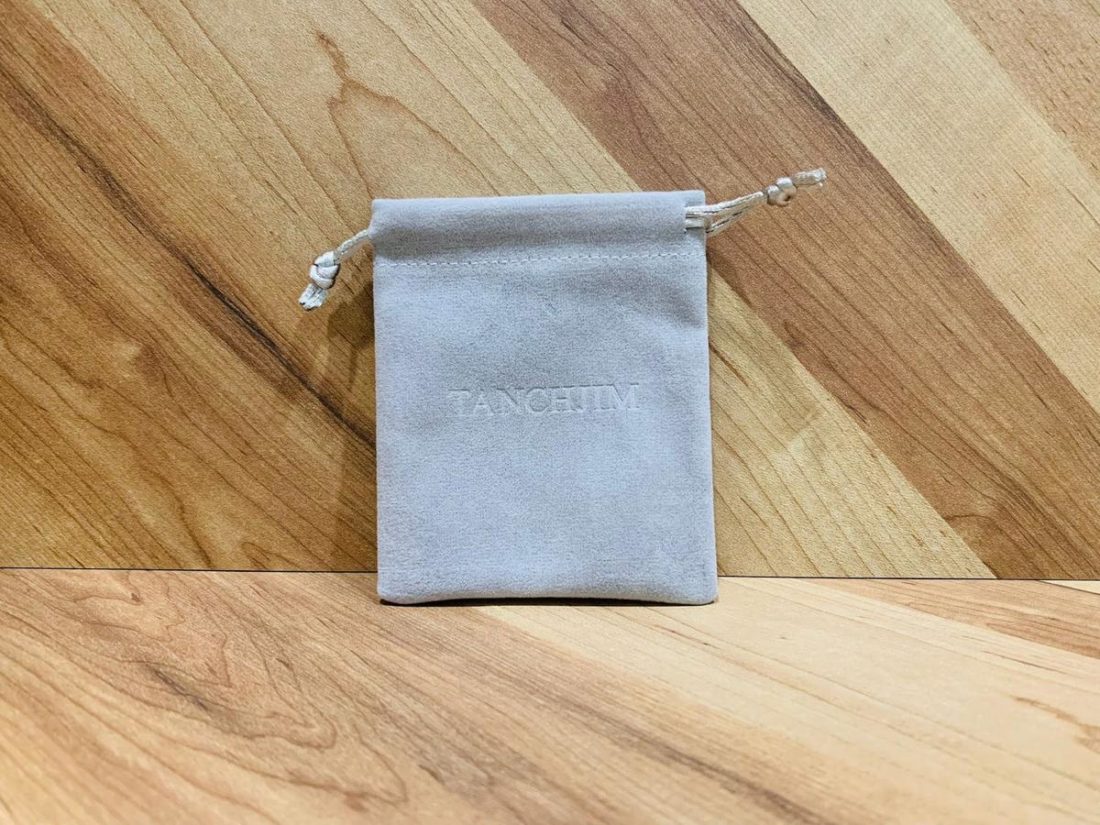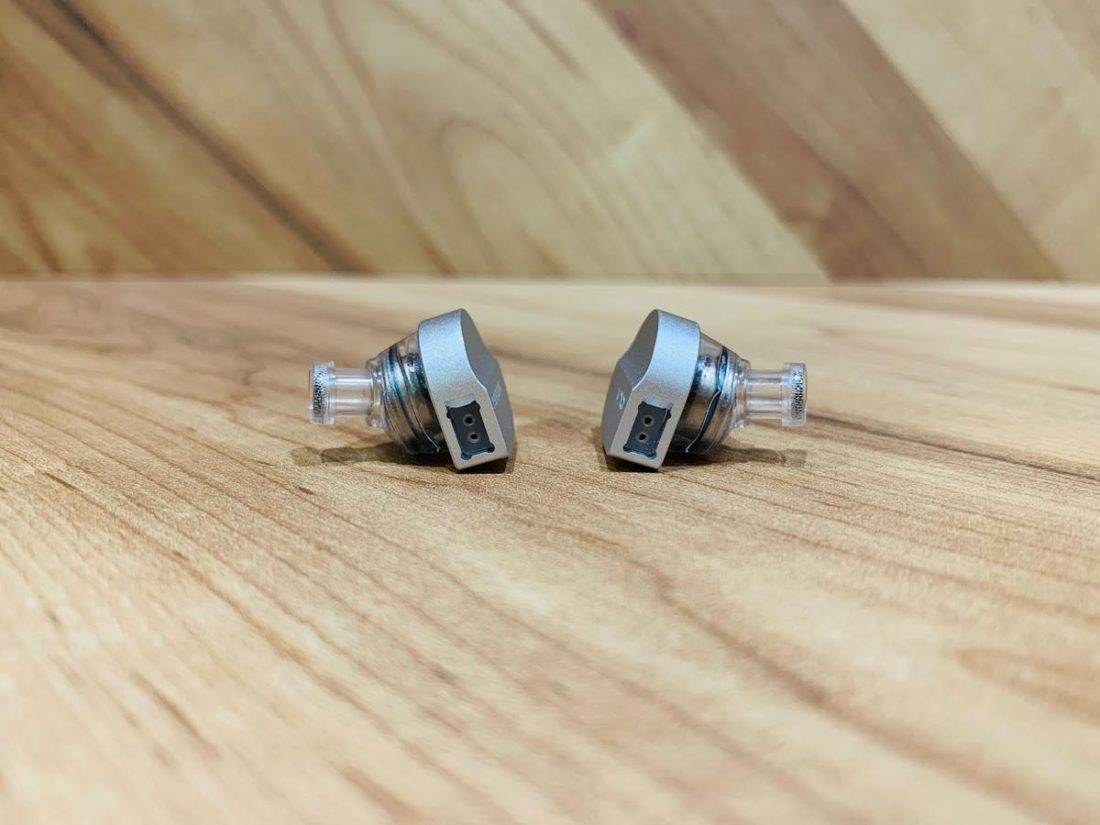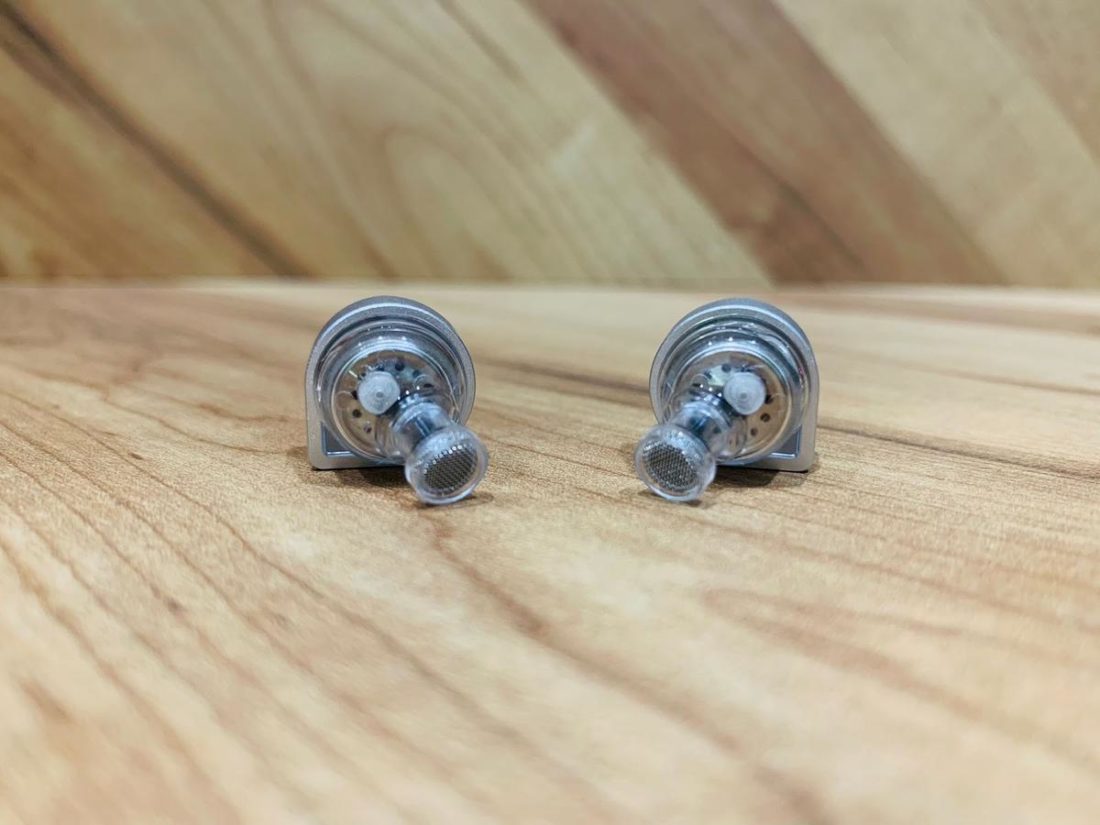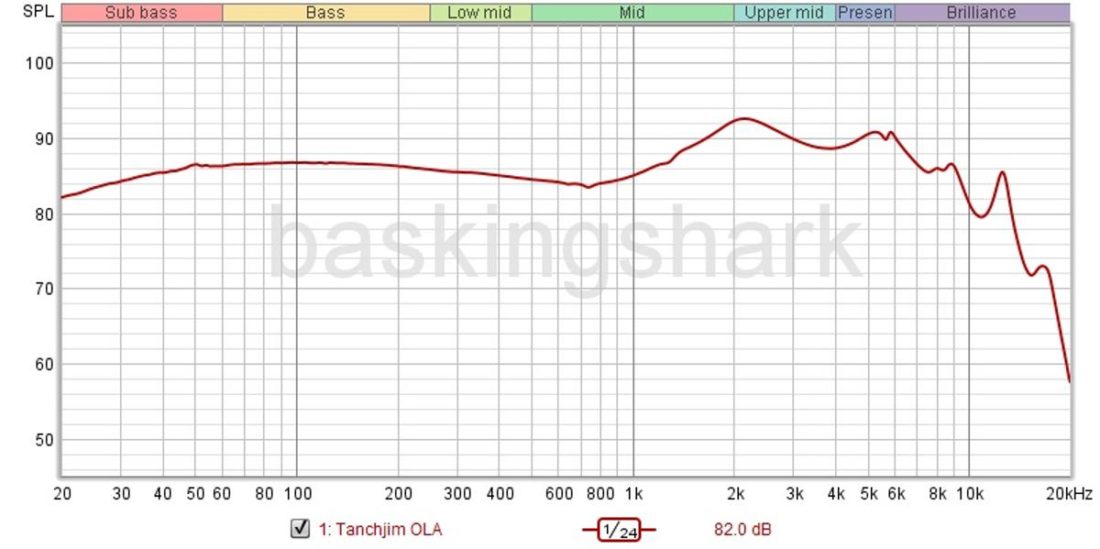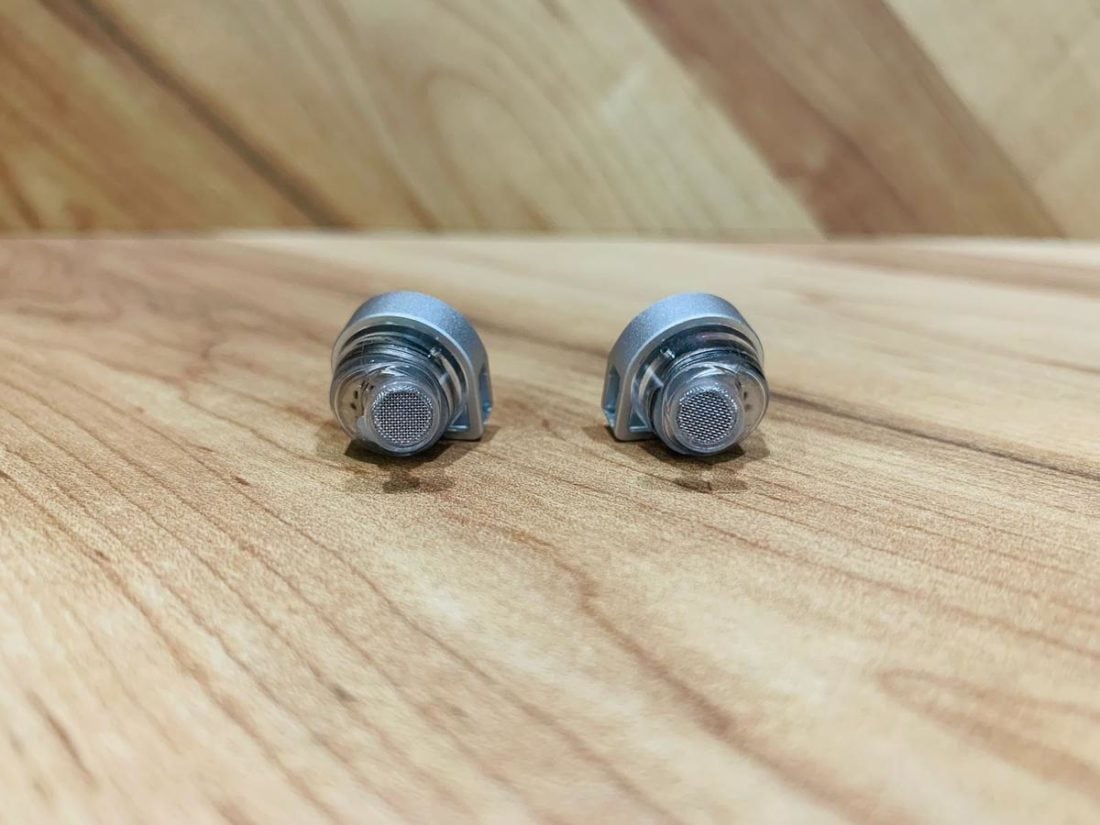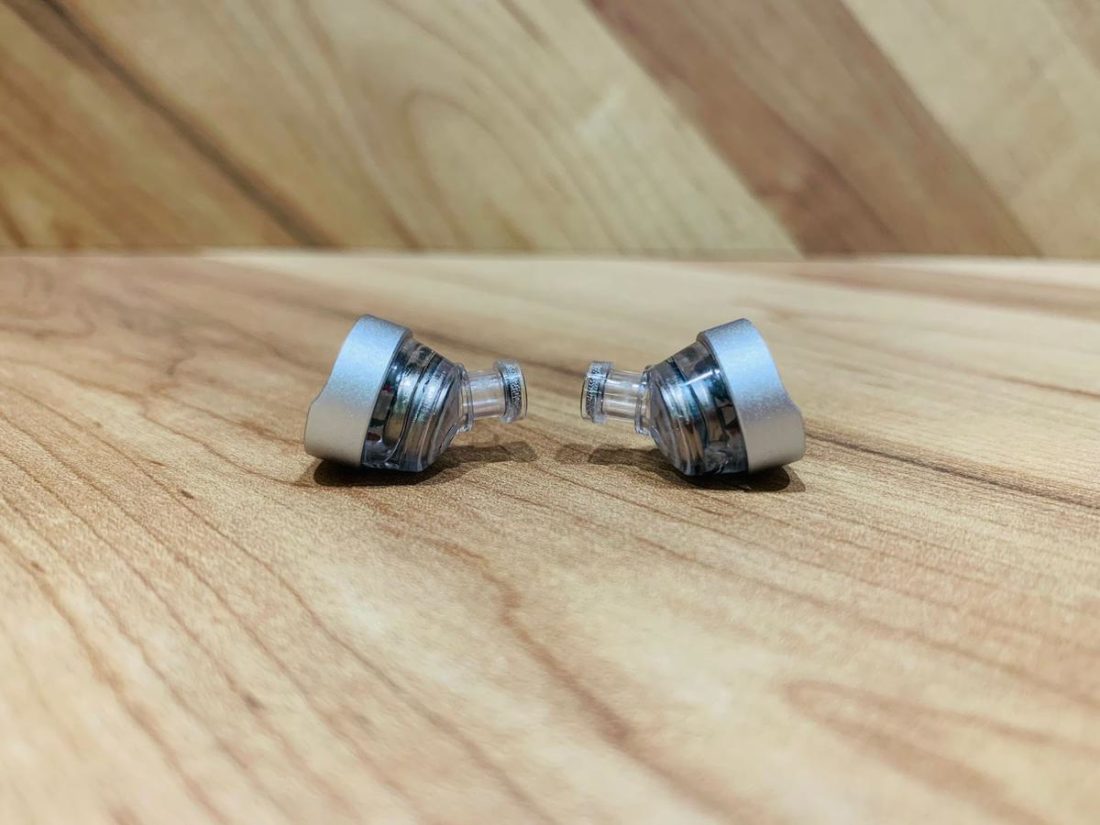The OLA are the latest budget release from the renowned Tanchjim brand and are tuned to the head-related transfer function (HRTF) frequency curve, which we will further discuss below. In a nutshell, this tuning is designed to give better technical chops for imaging and micro-details. Let’s read on to find out if these claims are legitimate, and more importantly, how they compare to their budget CHIFI brethren.
Company Overview
Tanchjim was formed in 2015 and is a well-known player in the CHIFI circuit, churning out some well-regarded IEMs such as the Oxygen, Prism, Tanya, Darling, and Hana 2021. Tanchjim has also dabbled with TWS sets (such as the Echo) and sources such as the Stargate and Vast.
Technical Specifications
Form: IEMs Drivers: graphene polymer dynamic driver Impedance (Ohm): 16 Ω Sensitivity (dB): 126 dB/Vrms Frequency Response (Hz): 7 Hz – 45 kHz Removable Cable: Y Cable: 4N silver-plated OFC cable Source Plug: 3.5 mm TRS, single-ended Cup/Shell Plug: 0.78 mm, 2-Pin Mic: there is a mic and non-mic version available during ordering.
Packaging
In the box
Tanchjim OLA IEMs 2 variants of silicone ear tips (S/M/L for each type) Velvet carrying pouch Cable
Ear tips
One set of ear tips are shorter with wider bores. This type of tip boosts treble frequencies. The other set is longer with narrower bores to increase bass frequencies.
Cable
The stock silver-plated oxygen-free copper cable has minimal microphonics, though it is rather thin and tangles easily. A chin cinch is present to give added stability during use. On the store page, the cable apparently has double-core wires with Kevlar fiber reinforcement, twined in a Litz braided structure for added durability. Tanchjim also says the cable is made of inert materials, which theoretically can cause less irritation to the skin. A mic version of the cable is also available during ordering for those that are keen to use the OLA for video conferences or calls. The polarity of the cable is marked with a red dot for the right side, and a blue dot for the left side, as per usual convention. Unfortunately, the shells and cables do not have left/right markers, but the cable ear hooks do hint at which orientation they should be inserted.
Design
The OLA’s shells are quite industrial-looking, and are uniquely round, compared to the usual bean-shaped or ovoid-type shells. The front cavity of the OLA feature a unique filter which is specially imported from Italy. Tanchjim reports that this ‘SATTI’ filter has nano-coating to protect the IEM from dust and moisture. Isolation is below average and using them in noisy environments might not be a good idea. For one, hearing health can be damaged if one tries to jack up the volume to compensate for sound leakage. Secondly, as we will read below, the OLA are bass-light, and bass is the first frequency to be lost in a noisy place, which will greatly skew the upper frequencies.
Comfort
The shells are extremely light, but due to the short nozzle and unorthodox round shells, the Tanchjm OLA are difficult to fit, especially for those with larger ears. In fact, they do cause discomfort for me (I have average-sized ears), because the round shells press on the concha of my ears. Fit affects comfort and the sound, as a lack of seal causes bass frequencies to be lost. No matter how heavenly they may sound, if one cannot tolerate the fit for more than a few minutes, the user will likely not use them. Even with the longer nozzle stock ear tips, I still found the OLA very hard to keep in my ears, with frequent adjustment needed. In fact, I foresee that there will be a myriad of sonic impressions from users simply because of the fit issues. Unfortunately, there will be a subset of users who won’t know about aftermarket tips and just give up on the OLA with the stock tips. The OLA’s fit issues are very similar to the legendary BLON BL-03, which also has a too short nozzle with sub-optimal stock ear tips. With both these IEMs, spending a bit of time, and unfortunately, money, to switch to an aftermarket ear tip can help with comfort and the sound, but I understand that most folks just want to get a usable IEM out-of-the-box, with minimal fuss.
Internals
The OLA sport an in-house developed 4th-gen DMT4 dynamic driver. Tanchjim advertises that this driver is tuned via FEA (finite element analysis) software for a natural and clean sound presentation.
Tanchjim OLA Sound
Tests were done with a Khadas Toneboard DAC -> Schiit Asgard 3 amp, E1DA 9038 dongle, IKKO Zerda ITM01, humble smartphone and Sony NW A-55 DAP (Walkman One mod). The HRTF curve boosts the 2kHz to 5 kHz regions. However, this curve does not boost a single frequency, but rather, affects a broader range. Also, do not forget that hearing health, type of ear tips, pinna gain (ear anatomy), and volume played at (Fletcher Munson curve) will affect the perception of this curve across different users. The OLA are easy to drive and no amplification is truly needed. Imaging, instrument separation, layering, clarity, and micro-details are top-notch (assuming a good fit is obtained). However, the soundstage is below average in all three dimensions, with music sounding quite compressed and in-your-head. The OLA does make up for this with pinpoint imaging though, and I prefer this to an IEM with huge soundstage but nebulous imaging. Tanchjim’s claims of the OLA having superb technical chops due to the HRTF tuning is no hyperbole. However, their suitability for gaming may be impaired by the narrow soundstage (though imaging is top-notch). Note weight is on the thinner side. Timbre for acoustic instruments may have an artificial sheen in view of this, with vocals sounding nasal and overly dry.
Bass
The OLA’s mid-bass is just a slight tinge north of neutral (assuming a good fit is obtained). However, sub-bass rolls off early, and the OLA are not suitable for bass-forward music genres (such as EDM). Bassheads beware! The bass speed is moderate and texturing is decent enough, with minimal mid-bass bleed.
Midrange
The lower midrange is a tinge depressed and lacks heft in view of the minimal mid-bass. Upper mids are forward and are just on the edge between clarity and shoutiness. At louder volumes, or in a poorly isolating environment (where bass is lost), then this region can get fatiguing, but by and large, the upper midrange maintains a good balance.
Treble
The OLA have good treble extension and sparkle, and surprisingly the treble is not too sibilant or fatiguing, despite the lack of bass to even out the upper frequencies.
Comparisons
I compared the OLA with some other budget single DD sets. Hybrids and pure BA IEMs were left out of the comparison as the different transducer types have their own pros and cons.
Vs. BLON BL-03
The BLON BL-03 feature a harman-like signature with a mid-bass bump and are one of the most recommended budget single DD IEMs of the past few years, featuring excellent tonality and timbre. The BL-03 are thicker in note weight and are warmer. The BL-03 have a bigger and slower bass, though the bass is more boomy and less tight, with a pronounced mid-bass bleed. The BL-03 sound very analog compared to the more technical and analytical OLA. In fact, the BL-03 are a few leagues behind in technicalities, in the areas of micro-details, imaging, and instrument separation. However, the soundstage is slightly superior on the BL-03. Both sets have a notoriously poor fit (due to too short nozzles), although the BL-03 have better timbral accuracy, and are less fatiguing.
Vs. HZSound Heart Mirror
The Heart Mirror are a similarly priced neutral bright pair of IEMs, with a thin note weight akin to the OLA. The Heart Mirror have more sub-bass extension and a bit more sparkle and treble than the OLA. In terms of technical performance, they are very very close, both are very technically-adept budget IEMs with excellent imaging, instrument separation, and clarity. The Heart Mirror edge it a bit in micro-details, but have a smaller soundstage than the OLA. The Heart Mirror are harder to drive, but fit much better than the OLA.
Vs. Final Audio E3000
The Final Audio E3000 are an L-shaped set that are night-and-day different compared to the brighter OLA. The E3000 are way tougher to drive and require amplification, unlike the OLA. The E3000 are darker in the treble, and also have more bass quantities, although the OLA’s bass is faster and tighter. In terms of note weight, the E3000 are thicker, with timbre sounding a bit more natural than on the OLA. The E3000 have better soundstage and layering, although the OLA win in imaging, clarity, micro-details, and instrument separation. The E3000 are a better fit with a bullet-shaped, cable-down design, although the E3000 have microphonic non-detachable cables, which may be a deal-breaker for some.
Vs. Tanchjim Tanya
The Tanya are siblings from Tanchjim, and are another bullet-shaped, cable-down pair of IEMs. the Tanya are warmer and smoother, with a thicker note weight than the OLA. They are more bassy, with lesser treble extension than the OLA. The Tanya have poorer clarity, imaging, instrument separation, and micro-details. Although the Tanya have a slightly bigger soundstage. In terms of timbre, the Tanchjim sound more accurate, with the aforementioned OLA’s nasal vocals and thin note weight causing some instruments to have an artificial sheen. The Tanya have a better fit than the OLA. The Tanya are more difficult to drive than the OLA and have non-detachable cables.
Where to Buy
Conclusion
The OLA are a budget pair with excellent technical performance (barring soundstage) and are tuned to the unusual HRTF curve. Unfortunately, the fit is the Achilles heel of this pair, due to the too-short nozzles and round shells. Fit can make or break an IEM and lay-consumers who may not explore various ear tips (tip-rolling) might give up on this set out-of-the-box. Indeed, Tanchjim would have been better off including longer nozzle ear tips with the accessories, as the fit will affect comfort and the sonic properties of an IEM. Do I recommend them? Well, if one can get an optimal fit, the OLA are really special in having superb technicalities at this price. However, this may involve investing in aftermarket longer nozzle ear tips or foam tips, which will add to the cost. The OLA are also not one for bassheads, due to the sub-bass roll-off and lack of bass quantity. The poor isolation (+/- comfort) also hinder them from being used as stage monitors. Perhaps they are suitable for gaming, due to the good imaging and micro-details, though the caveat is soundstage is on the smaller side. For music, if one is not a basshead, the OLA can be a pretty decent daily beater pair, especially for those that want to try the unique HRTF tuning for cheap, considering most other budget sets are V-shaped or Harman tuned. Sadly, I do have to deduct some marks due to the fit issues. The shell shape and nozzle possibly have a part to play in the tuning, so while not exactly needing to go back to the drawing board, I do hope Tanchjim can fine-tune (pun intended) a sequel with a similar sound, but with a more ergonomic shell design. They would certainly be a winner, considering the OLA are really technical beasts.
